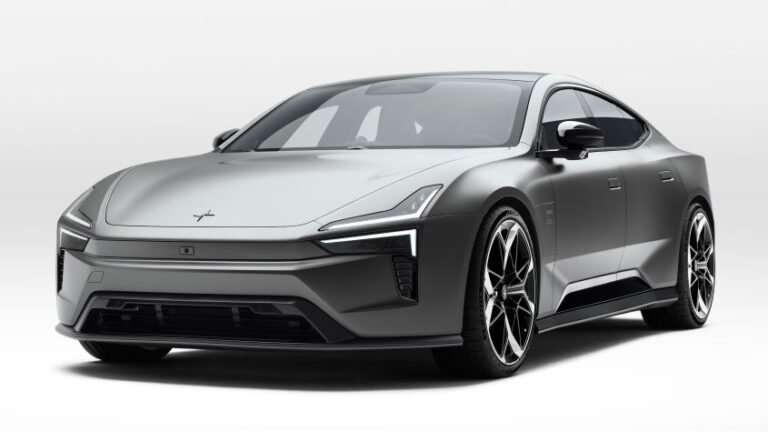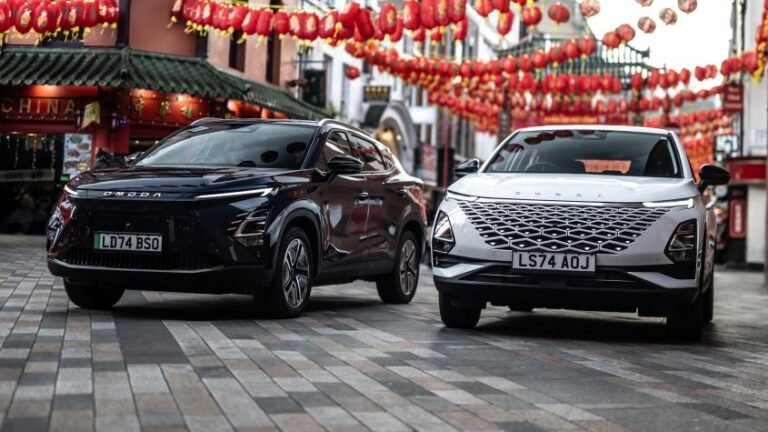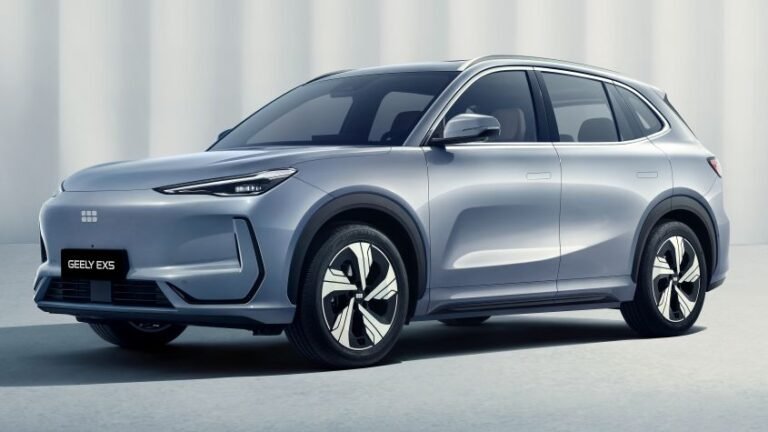
Chinese automaker Chery has revealed a breakthrough solid-state battery module boasting 600 Wh/kg of energy density, nearly double that of today’s best lithium-ion EV packs. The company claims the technology could enable a driving range of up to 1,300 km (808 miles) on a single charge, setting a new benchmark in the race toward next-generation batteries.
The module was unveiled at Chery’s Global Innovation Conference in Wuhu, where the automaker detailed plans to begin pilot production in 2026 before ramping up to mass production in 2027. Using an in-situ polymerized solid electrolyte and a lithium-rich manganese cathode, the new design is said to deliver superior safety and energy density while resisting puncture and thermal runaway in lab tests.
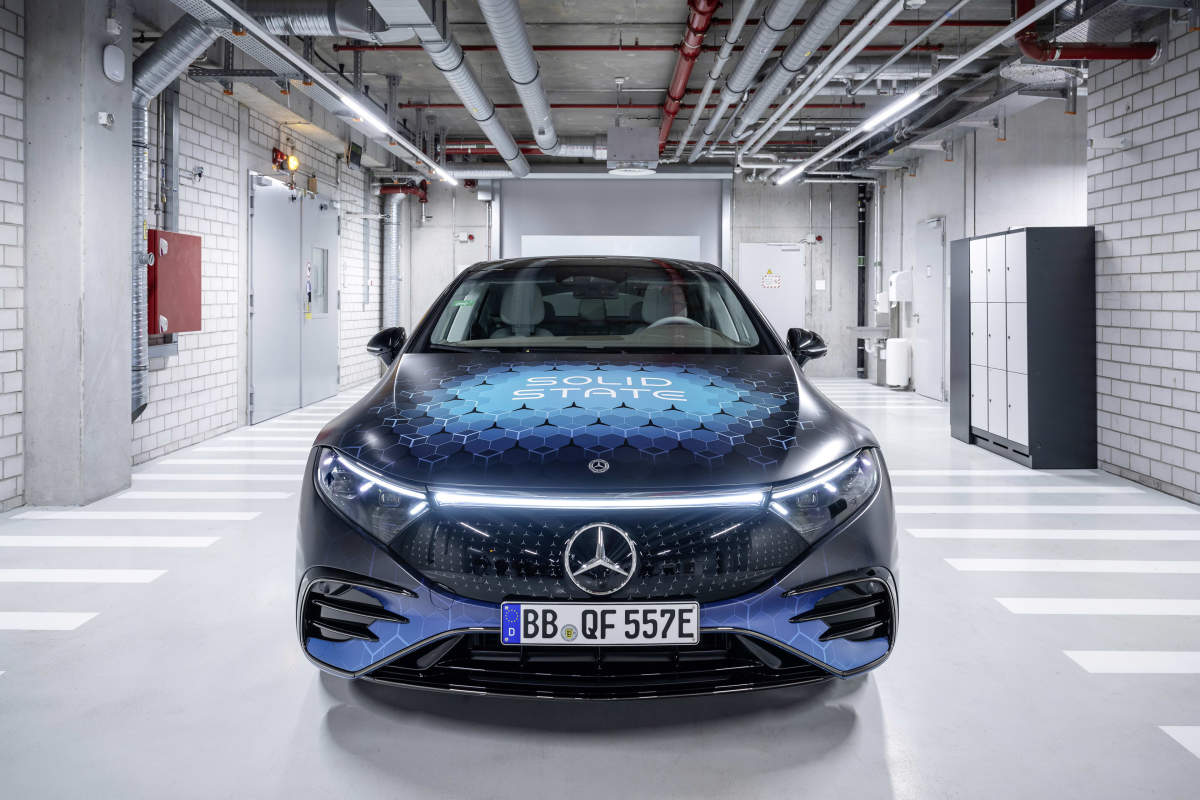
Closing the Gap on Global Leaders
Chery’s announcement positions it among the most ambitious players in the solid-state race. Other automakers are already advancing similar efforts: Toyota with its efforts for the first solid state battery due to release by 2027, targeting faster charging, greater longevity, and a new generation of lightweight electric models. Meanwhile, Mercedes with their efforts shows how German engineering is closing in from another front, with Mercedes demonstrating nearly 750 miles on a prototype EQS powered by a solid-state pack.
Chery’s approach could allow it to leapfrog both technologically and strategically. As China continues to dominate the global EV supply chain, a domestically developed 600 Wh/kg solution would solidify the country’s leadership in advanced energy storage, and could reshape expectations for affordability and range worldwide.
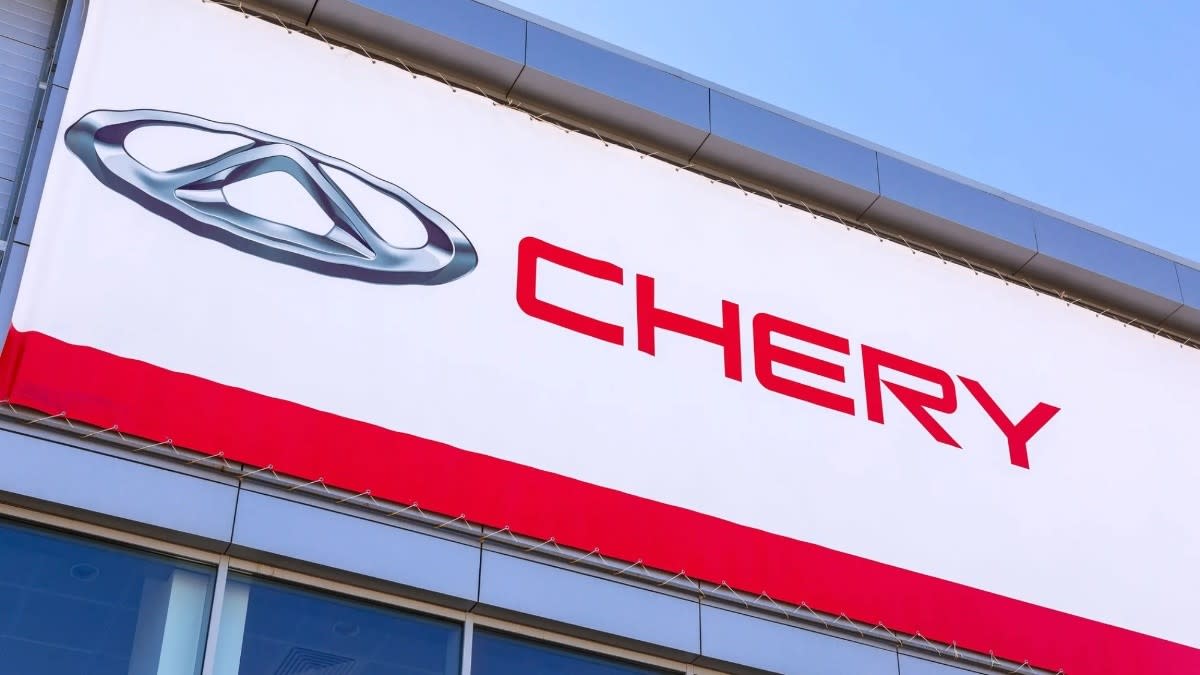
Why This Matters for the EV Market
Solid-state batteries promise several key advantages: higher energy density, faster charging, improved safety, and greater durability. But they also pose major challenges in scaling and cost. Chery’s announcement, if realized, could dramatically reduce dependence on large battery packs and open new design possibilities for lighter, more efficient vehicles.
However, there’s a catch, infrastructure. Even if future EVs achieve 1,300 km of range, charging them efficiently will still depend on compatible networks. Most current vehicles can’t yet handle 600-kW charging speeds. Without matching progress on the grid and charging hardware, many of these range and speed benefits could remain theoretical.
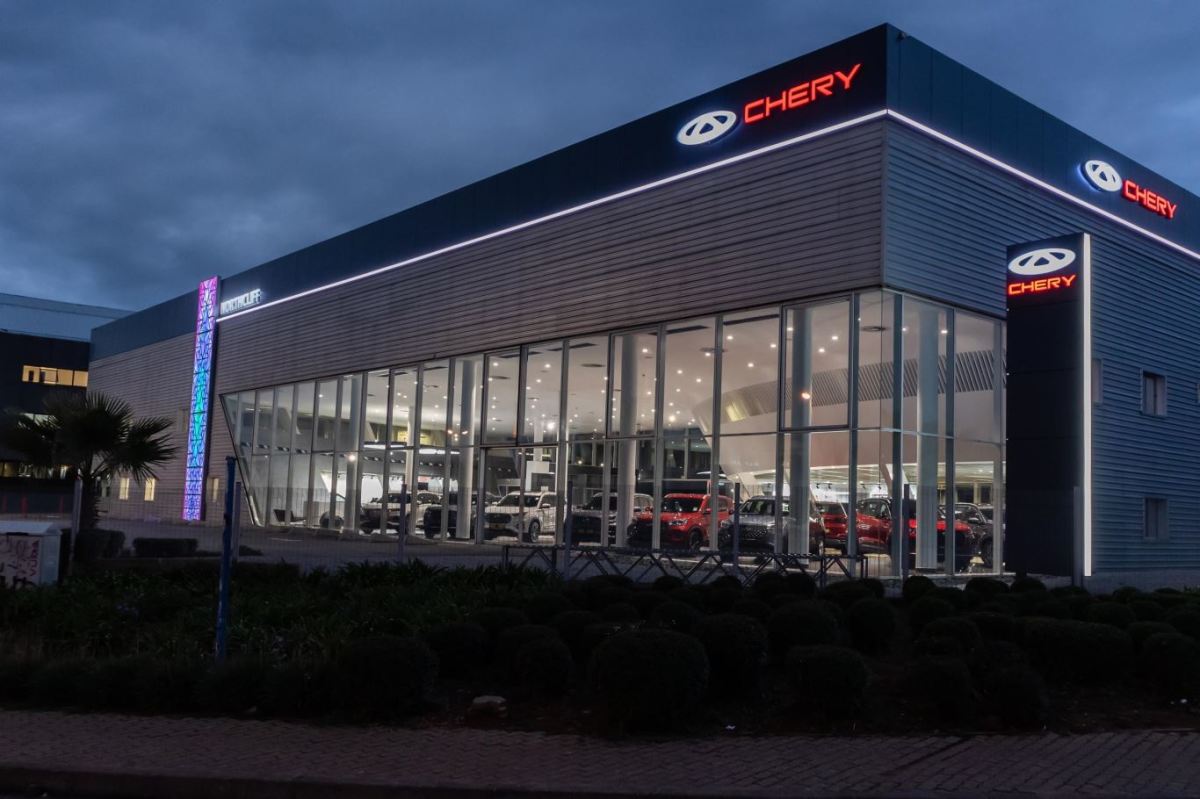
A Glimpse Into the Electric Future
If Chery can move from prototype to production as promised, it would mark one of the most significant energy density leaps in EV history. The company’s 1,300 km claim still awaits real-world verification, but it underscores the direction the industry is heading, to a future where range anxiety, charging downtime, and safety concerns may all become relics of the past.
Between Toyota’s near-term production goals, Mercedes’ long-distance prototypes, and Chery’s bold numbers, solid-state technology is finally moving from the research lab to the road, and it could redefine what we expect from electric mobility by the end of the decade.
